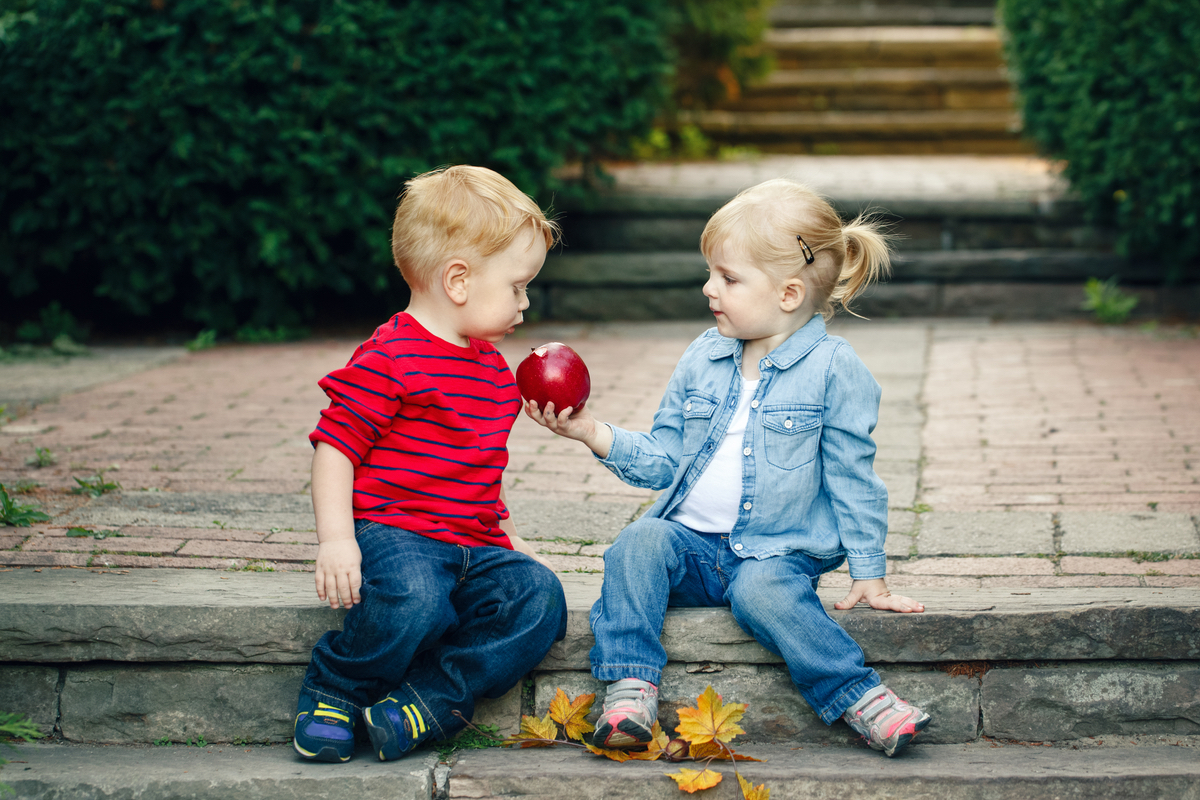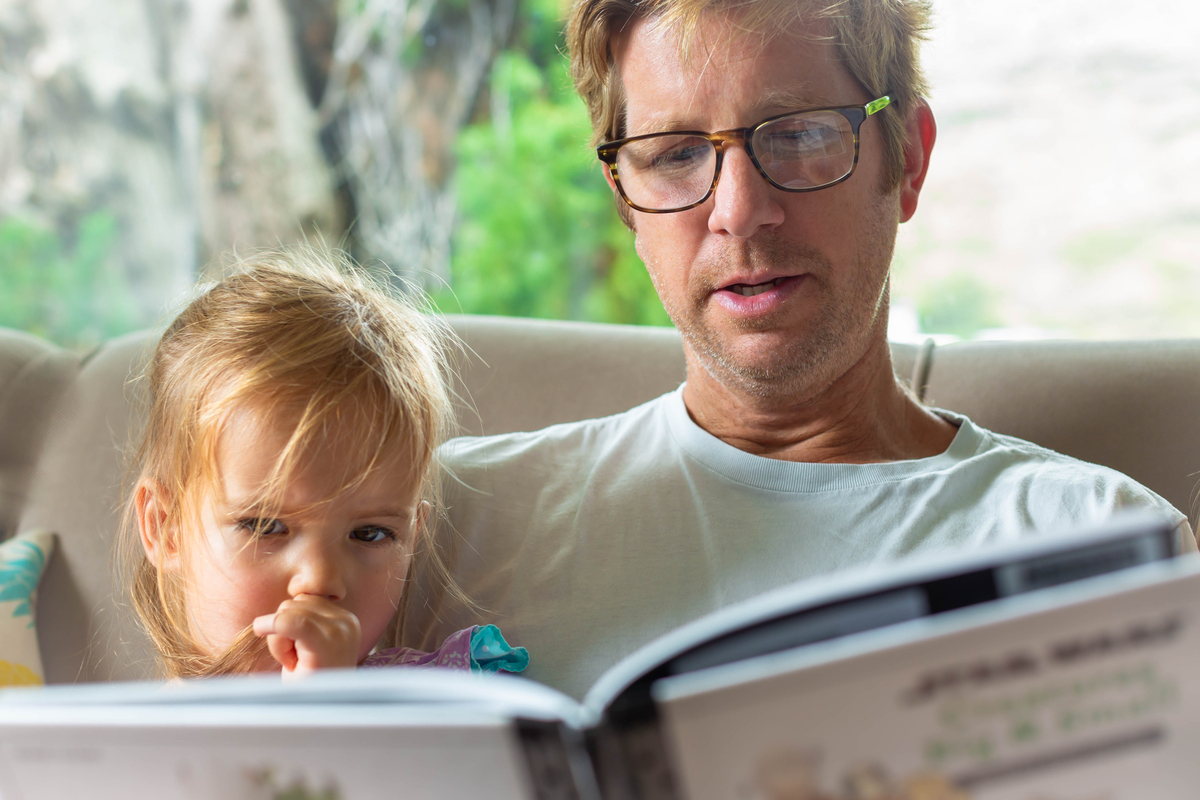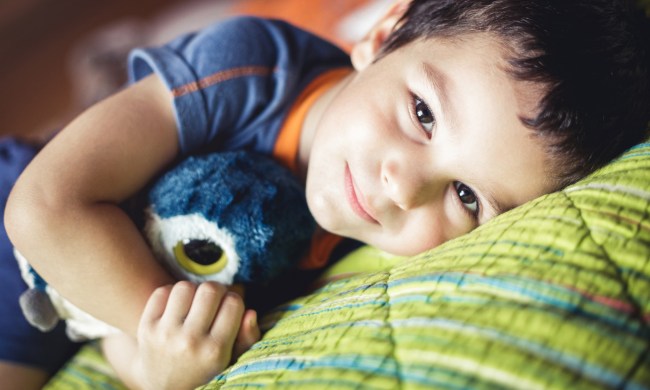Saying sharing doesn’t come easily for a toddler is a little like saying algebra doesn’t come easily for a banana.
All the more reason, then, to impart the lesson early and often, and there’s no better vehicle than storytime. Away from the heat of the moment, kids will be much more receptive to listening and absorbing new information. Here are five of our favorite toddler books about sharing. The stories, characters, and messages in these stories are bound to spark their eager young mind.
That’s (Not) Mine
This hilarious mini-drama is one in a series from the husband-and-wife team of Anna Kang and Christopher Weyant. The setting for this mini-drama? One simple, straight-backed chair—that each of the two furry main characters believes belongs to them. Read with your little person and delight in the hijinks as they, um, “work together” to sort out their disagreement.
Should I Share My Ice Cream?
This story has a rather brilliant take on not just the virtues of sharing but a kid-friendly exploration of why sharing can seem difficult, inconvenient, or even untenable.
From the award-winning Elephant & Piggie series, an excellent set of toddler books about feelings and other topics, Gerald the elephant has an ice cream cone he’d like to share with his best friend. But Piggie is nowhere to be seen. Meanwhile, the ice cream is melting. What’s an elephant to do? It’s the kind of nuanced view that very young children don’t often get, on any subject, from their storybooks.
The Rainbow Fish
Whether kid or parent, the first impression of this book would certainly be the sparkly scales that decorate the eponymous fish and dance in the light. But it’s that same captivation that causes the fish to value those scales over those around him. Only in sharing the scales with others does the fish come to understand the other fish and himself.
 Llama Llama Time to Share
Llama Llama Time to Share
Many a family knows Llama Llama from the British-American animated show on Netflix. But before it was a streaming series, it was a book series, with the irrepressible title character always out for childhood adventure.
In this one, a new neighbor arrives for a playdate, but Llama doesn’t want to share all his toys, much to the chagrin of Mama Llama. Problems arise, hijinks ensue, lessons are learned, and kids can learn along from the comfort of your lap.
The Bear Who Shared
It sounds a bit like the beginning of a joke. A bear, a raccoon, and a mouse are waiting for fruit to fall from a tree. But it becomes a little more serious when sharing comes in. What’s going to happen when it falls? What’s the fair way to divide it?
Fortunately, as is clear from the title, the bear in question is a benevolent bear. He also provides a way for kids to see that sharing is best when it comes from someone who has no reason to share at all.
All of these books offer clear but gentle lessons on not only the importance of sharing but the reality that sharing isn’t always easy. Reading to kids provides a mountain of benefits in a raft of areas, including concentration and empathy. So when you’re reading, your little one is listening. That makes stories like these an ideal tool to help lessons sink in.





